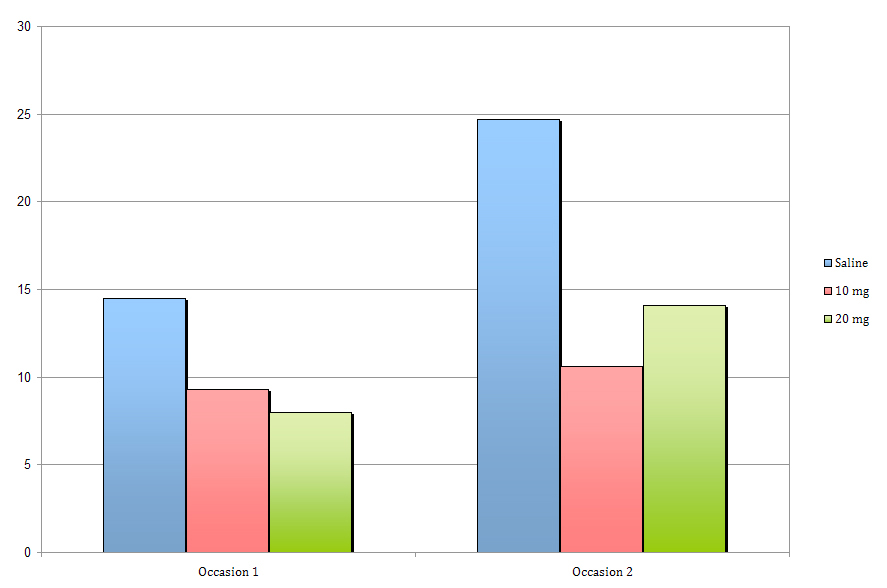STASH, Vol. 6(3) – Skittish rats: Anxiety behavior during early withdrawal from cocaine exposure
Recovery from addictive behavior is difficult to maintain and susceptible to many factors. For instance, the symptoms of physical and psychological withdrawal that people experience when they eliminate or just reduce some pattern of addictive behavior can create a significant risk for relapse. This week, STASH examines such consequences of withdrawal in a review of a recent animal model study of the development of anxiety-like symptoms during early withdrawal from cocaine exposure (Santucci & Rosario, 2010).
Methods
- Researchers randomly assigned 26 adolescent (30-38 days old) male Long-Evans hooded rats to one of three experimental conditions: (1) daily injections of saline; (2) daily injections of 10mg/kg cocaine hydrochloride; or (3) daily injections of 20mg/kg cocaine hydrochloride.
- Researchers administered these injections for 7-8 consecutive days, allowed the rats a 10-11 day recovery period, and then tested the rats’ propensity for anxiety-related behavior in an elevated zero maze1.
-
- The researchers measured the rats’ time spent in open areas of the maze on two occasions, separated by a 24-hour period.
- Time spent in open areas (i.e., those without walls) is a measure of animals’ habituation; researchers operationally defined the failure to spend time in open areas as an index of anxiety-related behavior.
Results
- Results indicated a significant main effect for testing occasion, F(1,23)=4.60, p<.05. Compared to the first testing, the rats spent more time in the open areas during the second testing occasion.
- The results also indicated a significant main effect for the experimental condition, F(2,23) = 4.44, p < .05. As Figure 1 shows, compared to those injected with cocaine, rats injected with saline spent more time in open areas during the second section.
- The was no interaction of occasion and experimental condition, F(2,23) < 1.00, p > .05.

Figure. Mean time spent in open areas by testing occasion and experimental group. Click image to enlarge.
Limitations
- This study used animals to examine withdrawal-related anxiety behavior. Additional research should determine the applicability of these findings to human withdrawal experiences.
- The rats experienced limited cocaine exposure. It is unclear whether the amount of exposure approximates the experiences and intake of individuals who suffer from cocaine-related addiction.
Discussion
This study suggests that early withdrawal from cocaine creates anxiety-related behavior in adolescent rats. It is unclear whether this behavior represents a failure to habituate, or an inability to maintain habituation over time. Regardless, should this animal model of anxiety-related withdrawal experiences prove applicable to human early withdrawal experiences, treatment and relapse prevention efforts should anticipate and adjust for anxiety experiences that might place individuals at-risk for early relapse.
What do you think? Please use the comment link below to provide feedback on this article.
References
Santucci, A. C. & Rosario, A. (2010). Anxiety-like responses in adolescent rats following a 10–11-day withdrawal period from repeated cocaine administration. Brain Research Bulletin, 81, 441-444.
________________
[1] An elevated zero maze consists of an elevated circular runway that contains areas with and without walls.